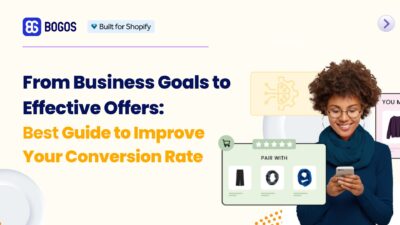
From Business Goals to Effective Offers: Best Guide to Boost Your Campaign Conversion Rate
Running a promotion sounds simple: select a discount, launch the campaign, and watch sales go up. But many Shopify...
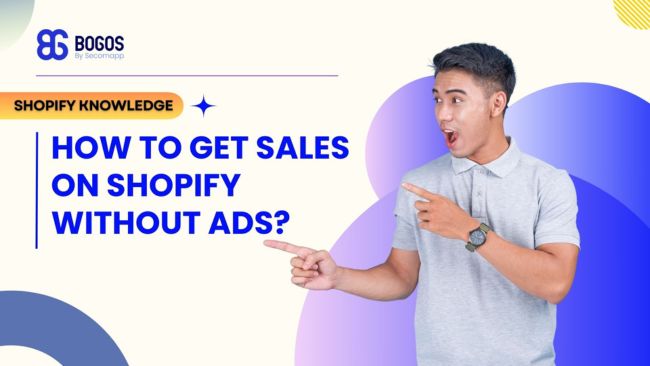
Digital Marketing Specialist
With the right approach, knowing how to get sales on Shopify without ads is possible. You can effectively drive visitors and boost conversions by exploring alternative traffic sources and optimizing your website. In this blog post, we’ll cover practical strategies to help you attract customers and maximize sales without relying on paid advertising.
If running ads isn’t within your budget, you’ll need to focus on maximizing organic traffic and fine-tuning your website to convert visitors into buyers. Understanding where to source free traffic and how to optimize your site to increase conversion rates are key steps that can lead to steady sales growth without paid advertising. Let’s explore the best approaches below.
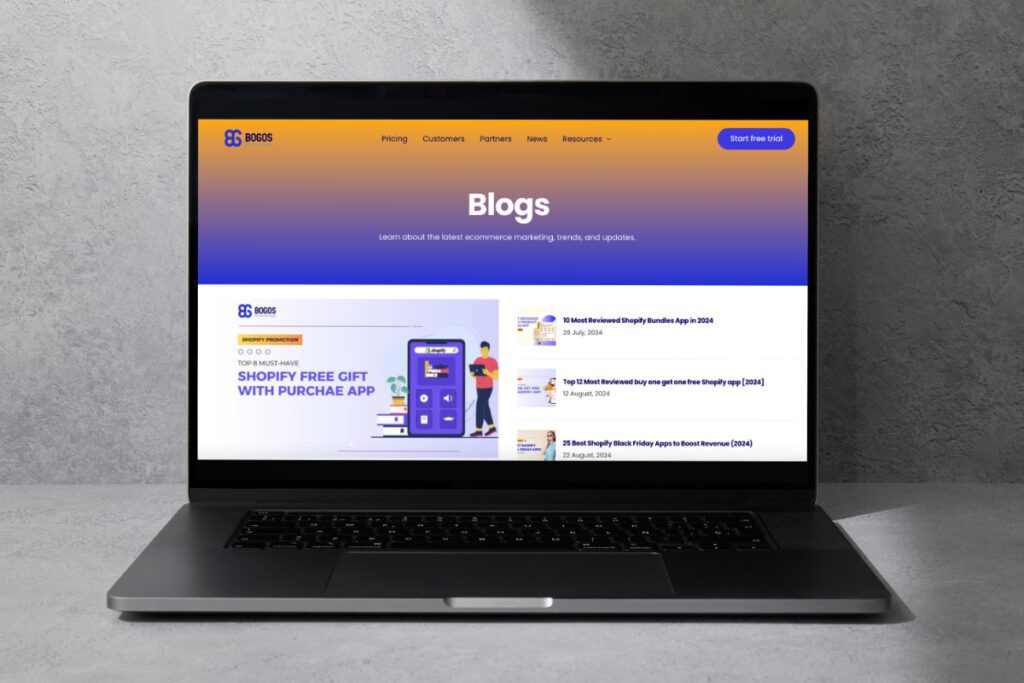
Blogging requires patience. It is just like sowing seeds in the garden; the harvest is so rewarding. But the reality is that you’re getting people interested in your products or services or at least the type of content that you provide, and you’re building credibility.
First, always define what questions or problems your audience has. You can find out what people are searching for with keyword research tools like Answer the Public or Semrush. Then, continue to write precious pieces that involve extensive research. In other words, it’s better to have a product of less quantity but good quality than the other way around.
Consider creating a content calendar to keep yourself consistent. Categorize it with recipes and how-tos and add the latest industry news and trend reports. This variation entails that readers are eager to read and return for more information from the paper.
But before you do that, remember to ensure your posts are properly SEO optimized: always include keywords, meta descriptions, and even header tags.
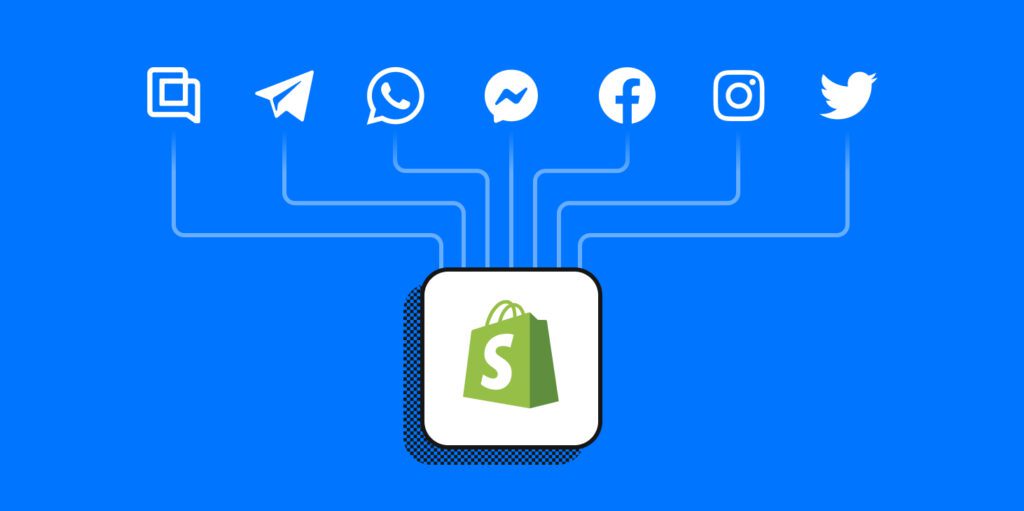
Social media engagement is another key to understanding how to get sales on Shopify without ads. This is like a platform where potential customers are already congregating, and that is the market. The idea here is to engage in a conversation while promoting your products, not just scream about them.
Select the platforms that are relevant to your targeted audiences. For example, Instagram or even Pinterest will work best for products that require aesthetic appeal. Facebook can be great for building community around your brand, while TikTok is excellent for reaching younger demographics with short, engaging video content. Remember that it’s better to master one or two platforms rather than perform on all possible channels.
Post product samples, daily production processes, customer submissions, and informational posts relevant to your selected topic. These are ideal to humanize your brand and should be employed in the form of stories and live videos. Always attend to your followers through comments and messages on the social networking site.
It’s always essential to bear in mind that social media platforms are all about selling relationships rather than just advertising. Contribute to the conversations, assist other businesses in your niche, and aim to be helpful. This approach makes people trust you, and they must visit your store.
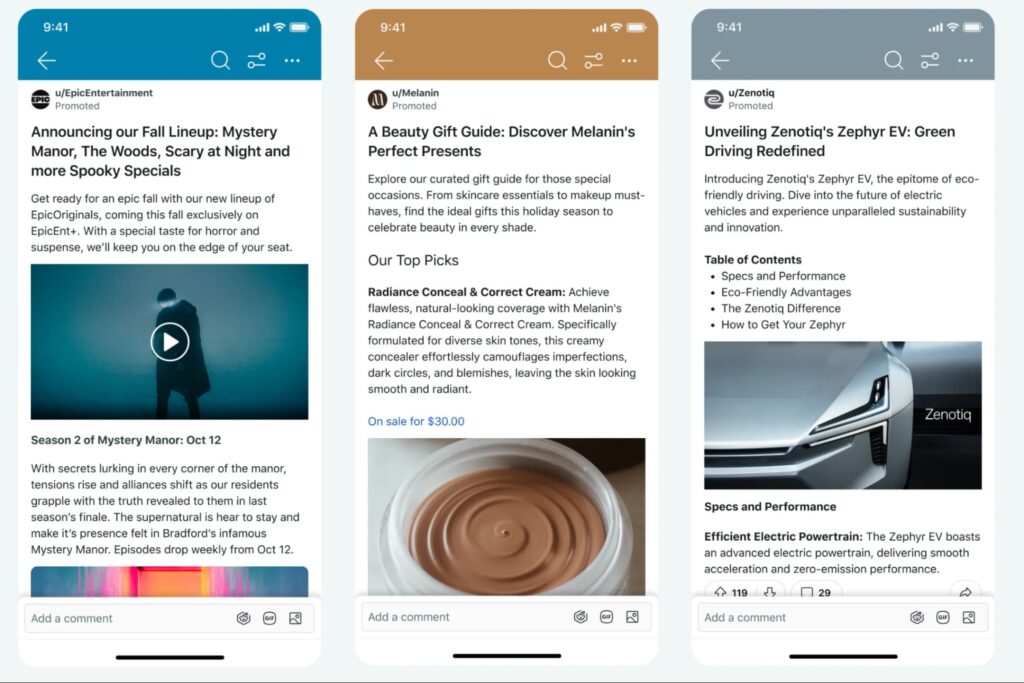
This kind of web traffic can be precious but should not be underestimated; it needs careful handling. These platforms are all about genuine connections, and people don’t encourage or promote self-advertising.
On Reddit, search for relevant niche subreddits and engage by posting and commenting on the selected community. Guide your audience, give them tips, and include your product suggestions only when they best fit the conversation. If you have useful content or knowledge, you may wish to do an AMA (Ask Me Anything).
Quora is all about answering questions. Search for questions related to your products or industry and give straightforward, sensible, and relevant responses. You can provide a link to a store or relevant blog post where readers can get more information, though most important information should be clickable.
Pinterest is an effective visual search engine that is ideal for businesses that are selling products. Design boards that promote your products and present ideas and information connected with your topic. This helps you add more information about your products to the rich pins.
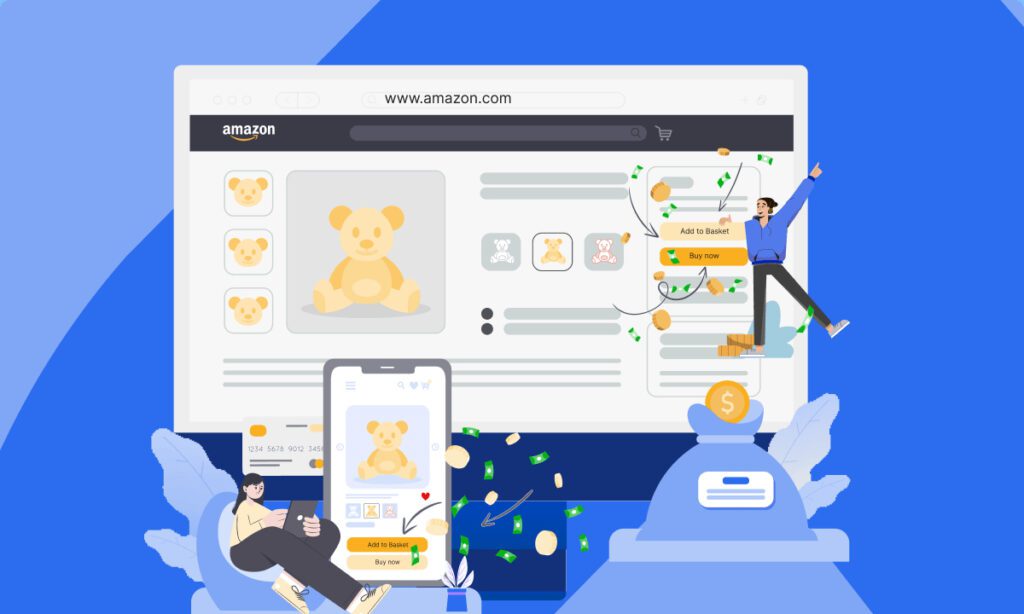
It is great to have your own Shopify store, but it is also highly recommended that you leverage more traditional marketplaces. These platforms already have a great market base of users actively searching for products to purchase.
With such a large number of customers, Amazon is suitable if you want to make people aware of your products. Optimize images, write great descriptions, and ask for a review to increase your rankings.
I recommend Etsy for handmade, vintage, or hard-to-find items. Their community of buyers is looking for exactly these items and products.
You can try out EarthHero or Made Trade applications if your products are recycling-friendly. Note that these platforms aren’t about randomly selling to customers but about exposing them to your brand and encouraging them to visit your Shopify store for subsequent purchases.
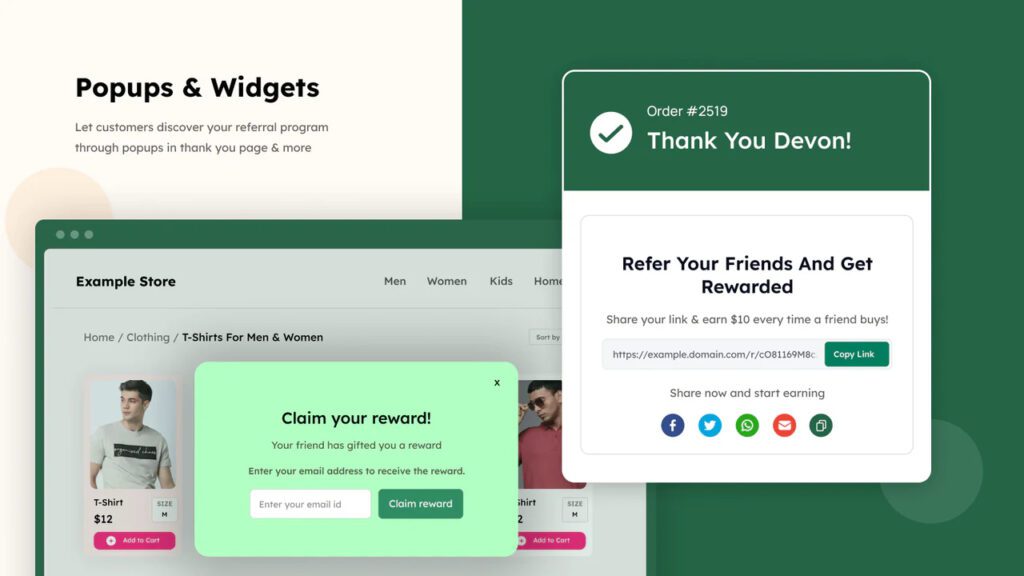
Referral programs are a highly effective method for those looking to get sales on Shopify without ads. By organizing a customer referral program, you will get the best advertisement from your customers. The goal is to ensure it agrees with the referrer and the new consumer.
Come up with a plan whereby customers have incentives to refer friends; this could be in the form of a discount on their next purchase or cash back. Ensure the new customer gets something in return, like a price cut on the first order.
It might be helpful to include social sharing buttons so they can easily share the word on their social media. Monitor the number of referrals and contact your top productive referrers. These are your brand ambassadors, so nurturing these relationships is crucial, as well as considering offering them special perks or early access to new products.

The analysis showed that collaboration can help reach new consumers and benefit both companies. Search for companies that offer related services but do not offer the same thing as your company.
There is a concept called product bundling, where you sell your product alongside another business. For instance, if you sell organic or local roasted coffee, you can approach a manufacturer who sells hand-made mugs.
Another fantastic approach using synergy with other bloggers is guest blogging. Pitch articles to other business blogs and invite them to contribute to your business blog. This increases the visibility of both brands and can help recall people back to your stores.
You could also do joint social media campaigns or giveaways. With the social media site, the number of prospects who can possibly know you and your business can quadruple or even more.
It is important to note that collaboration is about work productivity between two businesses; therefore, both should gain.
Read more: High Traffic No Sales on Shopify? Common Mistakes and How to Fix It
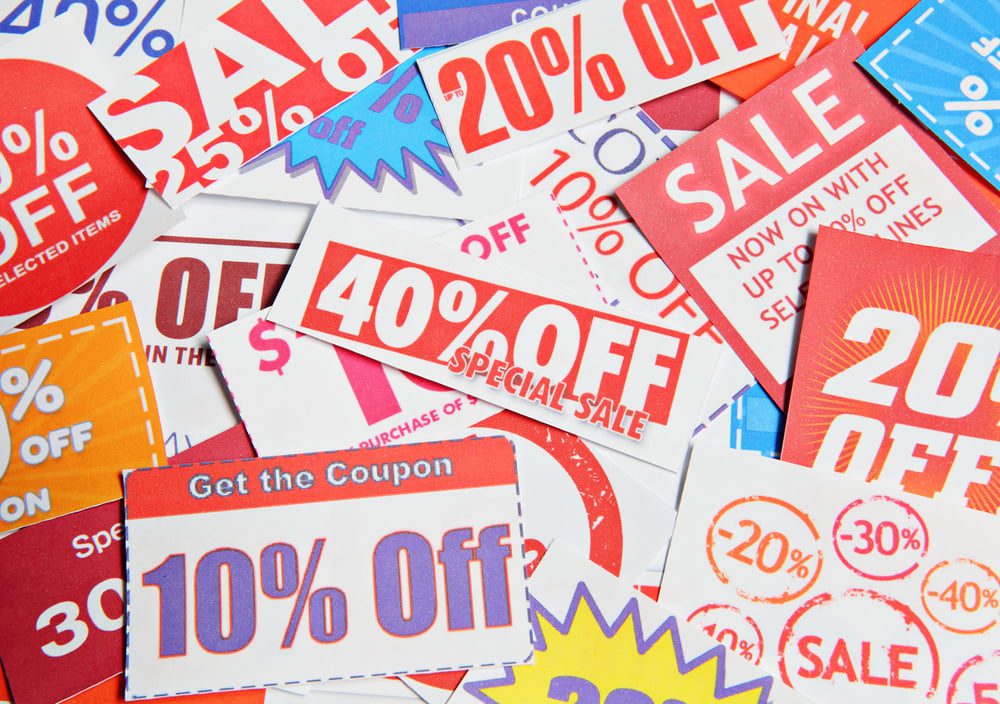
Coupons and selling deals are like spices in a delicious meal – if applied in the right way, they’ll make your proposition savory. But don’t rush to put “10% OFF” on the main page and wait for the conversions to come. Get creative!
Consider offering product bundles, where customers can save money by purchasing multiple items together. For example, a skincare brand could offer a discounted “Complete Routine” bundle.
Quantity breaks are another effective method, encouraging larger purchases by offering tiered discounts based on the number of items bought. Mix-and-match bundles allow customers to create their own discounted sets, increasing engagement and average order value.
Don’t forget about free shipping thresholds. Messages resembling “Free shipping for all orders above $50” can induce customers to buy extra products in order to attain that value.
Shopify also allows you to target discounts by customer segments, enabling you to offer special promotions to specific groups such as first-time buyers, VIP customers, or those who haven’t purchased in a while. This personalized approach can significantly boost conversion rates and customer loyalty.
I want to introduce the Shopify owners to meet BOGOS. It is the perfect app to create sales on your Shopify store and increase sales without requiring ads. BOGO, Free Gifts, Product Bundles, Volume Discounts, and Quantity Breaks are a few of the best options to boost your AOV in a shorter time.
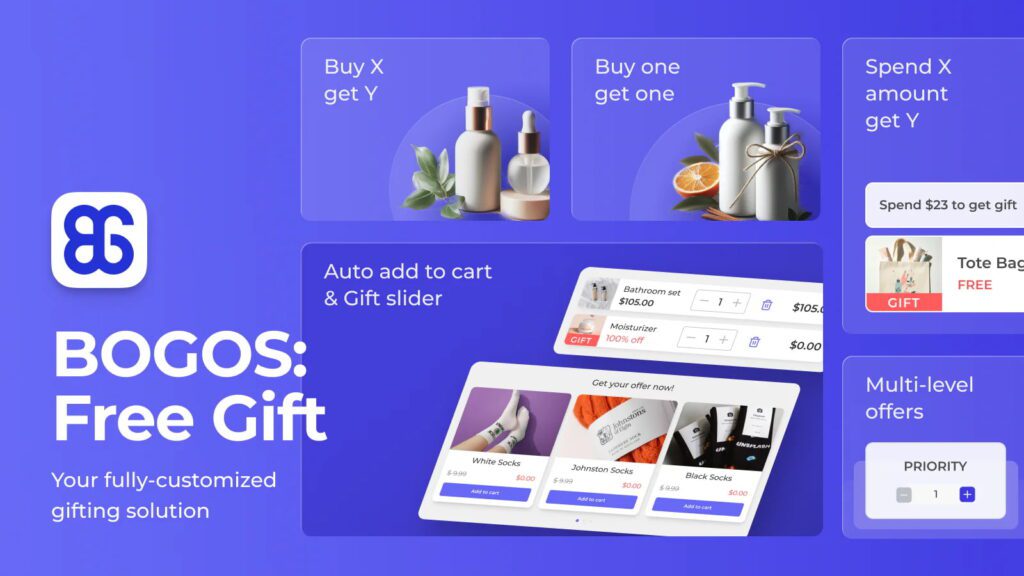
A special feature that sets BOGOS apart is its sub-condition functionality. This allows you to fine-tune your offers based on criteria like:
BOGOS is well-rated, with a 4.9/5 score from 2.000+ reviews. Pricing starts at $29.99/month, with a 7-day free trial on all plans. It’s a versatile app that can drive sales and boost engagement on your Shopify store.
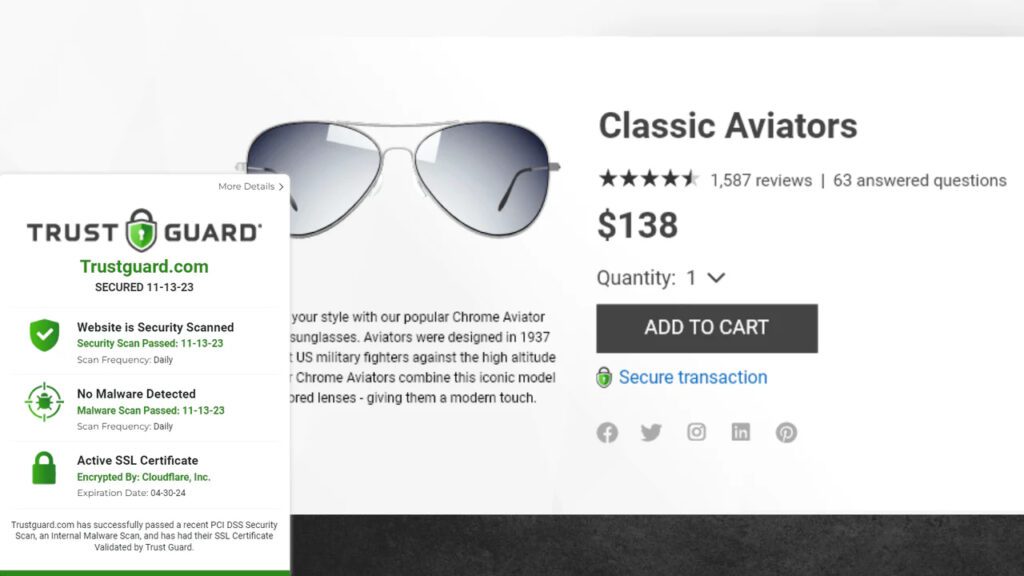
Trust signals play a crucial role in how to get sales on Shopify without ads. Trust is the foundation of any purchase decision. When shopping online, customers can’t touch or try your products, so you need to build trust in other ways.
Start with your unique selling proposition (USP). What makes your brand or products special? Display this prominently on your homepage and product pages. It could be something like “Handcrafted in small batches” or “Eco-friendly materials sourced from local suppliers.”
Customer testimonials are powerful trust builders. Feature reviews from happy customers on your product pages and homepage. If possible, include the customer’s name and photo to add authenticity. Video testimonials can be even more impactful.
If you have available certifications or an awards list, Whether it’s the reader’s favorite magazine’s “best of” listing or anything in between, these third-party blessings can greatly increase your authority.
Security badges are crucial, especially during checkout. Display logos of your secure payment providers and any SSL certificates. This reassures customers that their personal and financial information is safe with you.
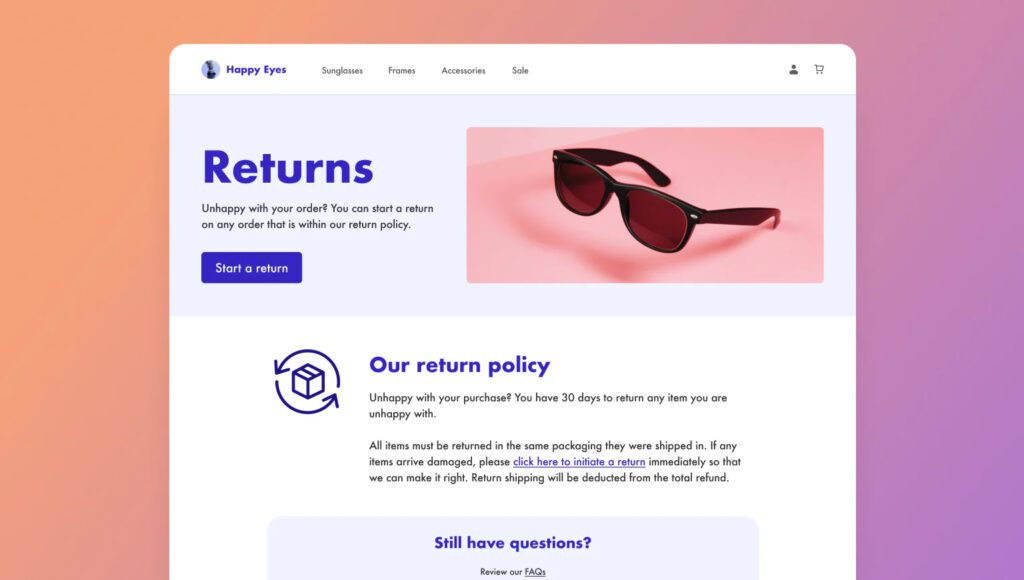
A well-stated and clear customer refund and return policy is the key to making many uncertain customers change their minds. Ensure your policy is visible – do not hide it in the fine print.
If possible, give your clients the maximum possible return window. Most successful e-businesses sell online products with dramatically generous return policies of 30, 60, or 90 days of trial. This gives customers confidence that they have time to evaluate their purchase.
You could also consider offering free returns to your customers. While this can obviously be expensive, it removes a major stumbling block for many who want to make the purchase. While it is impossible to accommodate free return services on each item, there should be options for new customers or on any order of a certain value.
Ensure that returning is as easy as a cakewalk for the customers. Give concise directions and, if possible, enclose a return label in the shipment. The good news is that several apps on Shopify can help you return a significant amount of your products.
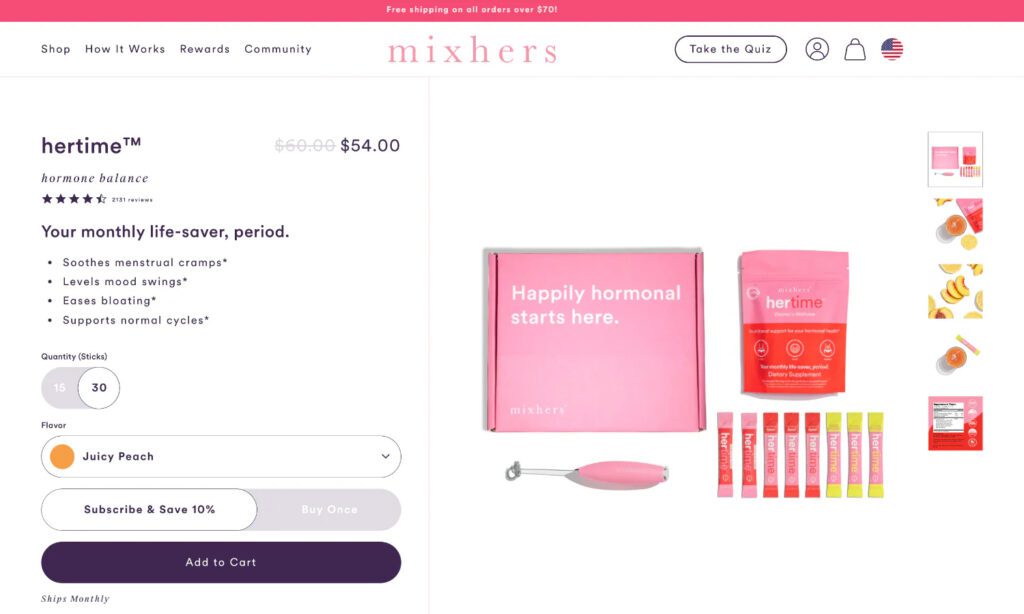
Your product pages are where the magic happens – browsers turn into buyers. High-quality images are non-negotiable. Use multiple photos showing the product from different angles, in use, and with a size reference if relevant.
Consider adding product videos. These can showcase your product in action and highlight features not apparent in static images.
Your product descriptions should be more than just a list of features. Tell a story about how the product will improve the customer’s life. Use sensory language to help the customer imagine owning and using the product.
Be sure to include all relevant details, such as size, materials, care instructions, and any available variations (colors, sizes). The goal is to answer all potential questions a customer might have.
Use social proof on your product pages. Show the number of items sold or the number of positive reviews. Consider adding a “Customers also bought” section to encourage additional purchases.

Ensuring your site is mobile-friendly is essential for mastering how to get sales on Shopify without ads. Since over 50% of traffic comes from mobile devices, having a responsive design can greatly increase your chances of conversion.
Be certain that buttons are large enough to be realized and tapped on a small screen without a mouse or keyboard. Make it easy and clean for your mobile users.
Optimize your images for mobile. Large image files can significantly slow down your mobile site. Use responsive images that adjust based on the user’s screen size.
Consider the mobile checkout experience carefully. Make sure forms are easy to fill out on a small screen and consider offering mobile-friendly payment options like Apple Pay or Google Pay.
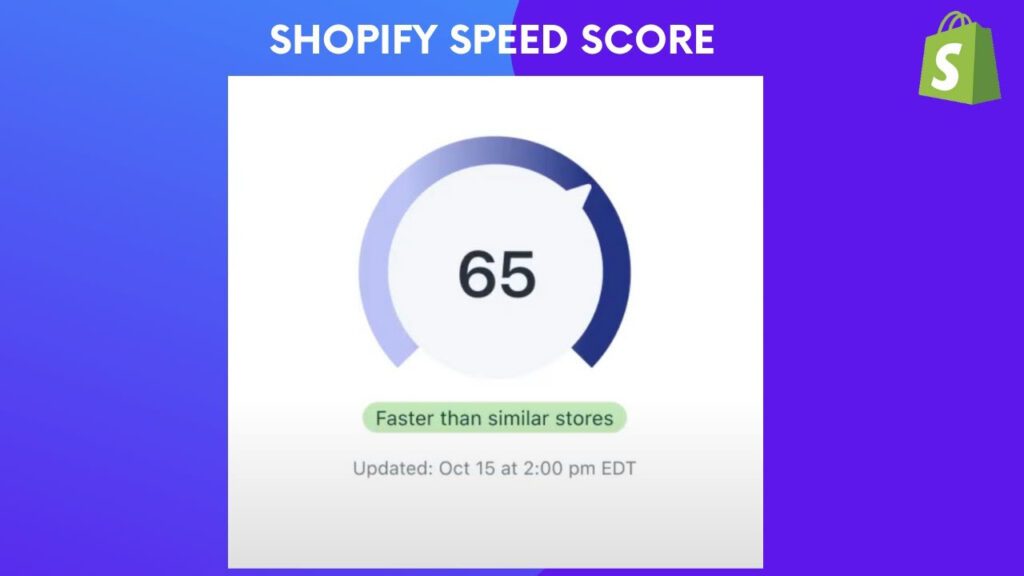
A slow website can kill your conversion rate. Studies show that even a one-second delay in page load time can reduce conversions by 7%. Use tools like Google PageSpeed Insights to identify areas for improvement.
Optimize your images. Large image files are often the culprit behind slow-loading pages. Use image compression tools to reduce file sizes without sacrificing quality.
Minimize the use of apps and plugins. While Shopify apps can add great functionality, too many can slow down your site. Review your apps regularly and remove any that aren’t essential.
Consider using a content delivery network (CDN) to serve your static content. This can significantly speed up your site for geographically distant users from your server.
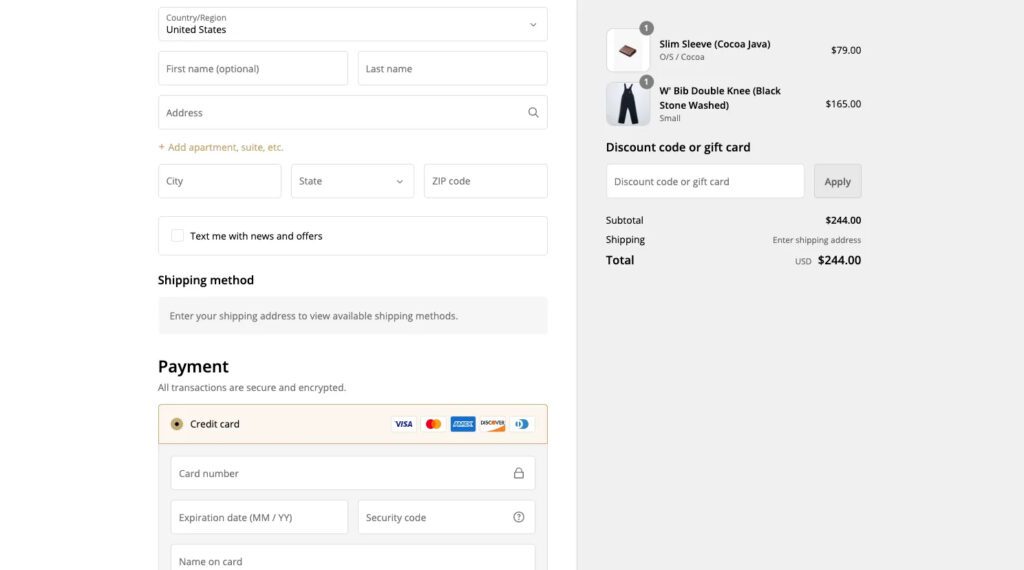
This step is vital when learning how to get sales on Shopify without ads since every barrier in the checkout process can lead to lost sales.
Aim for a one-page checkout if possible. If you need multiple steps, use a progress indicator so customers know how far along they are.
Offer guest checkout. While account creation can benefit future marketing, forcing users to create an account before purchasing can be a significant turnoff.
Provide multiple payment options. In addition to credit cards, consider offering PayPal, Apple Pay, Google Pay, and other popular payment methods.
Use autofill where possible to speed up the process. For address fields, consider using an address lookup tool that automatically fills in details once the customer enters their zip code.
Be upfront about all costs. Hidden fees or unexpected shipping costs at the last step can lead to abandoned carts. Show the total price, including shipping, as early as possible.
Remember, Website conversion rate optimization is an ongoing process. Review your analytics regularly, conduct A/B tests, and gather customer feedback to improve your site’s performance continually. With persistence and attention to detail, you can create a Shopify store that attracts visitors and consistently turns them into satisfied customers.
I hope you find this post helpful in learning how to get sales on Shopify without ads. You can effectively attract visitors and turn them into loyal customers by exploring alternative traffic sources and fine-tuning your website for better conversion. Remember, success doesn’t always require paid ads; a strategic approach and continuous optimization can make a big difference in your sales.
You can consider using several free traffic sources, such as blogging, engaging on social media, joining online communities (Reddit, Quora), listing on marketplaces like Amazon and Etsy, and using referral programs.
Yes, you can offer influencer commissions on each sale they make as part of the payment.
Start by defining which part of your Website needs to improve. A tool like Shopify Analytics or Google Analytics can help you identify where the problem might be. If your store has traffic but generates no sales, then the problem might be on the website, or you are targeting the wrong audiences.
To enhance trust and encourage purchases, include clear, high-quality images, concise and engaging product descriptions, customer reviews, and benefits-focused information.


Running a promotion sounds simple: select a discount, launch the campaign, and watch sales go up. But many Shopify...
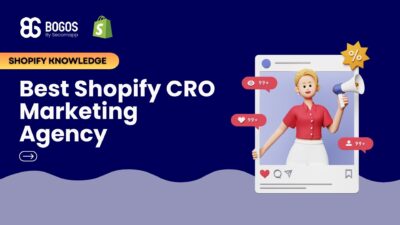
If you are heading into 2026 planning bigger campaigns, now is the right time to tighten your onsite conversion....

If you are serious about scaling, there comes a time when DIY fixes and late-night Googling no longer suffice....
